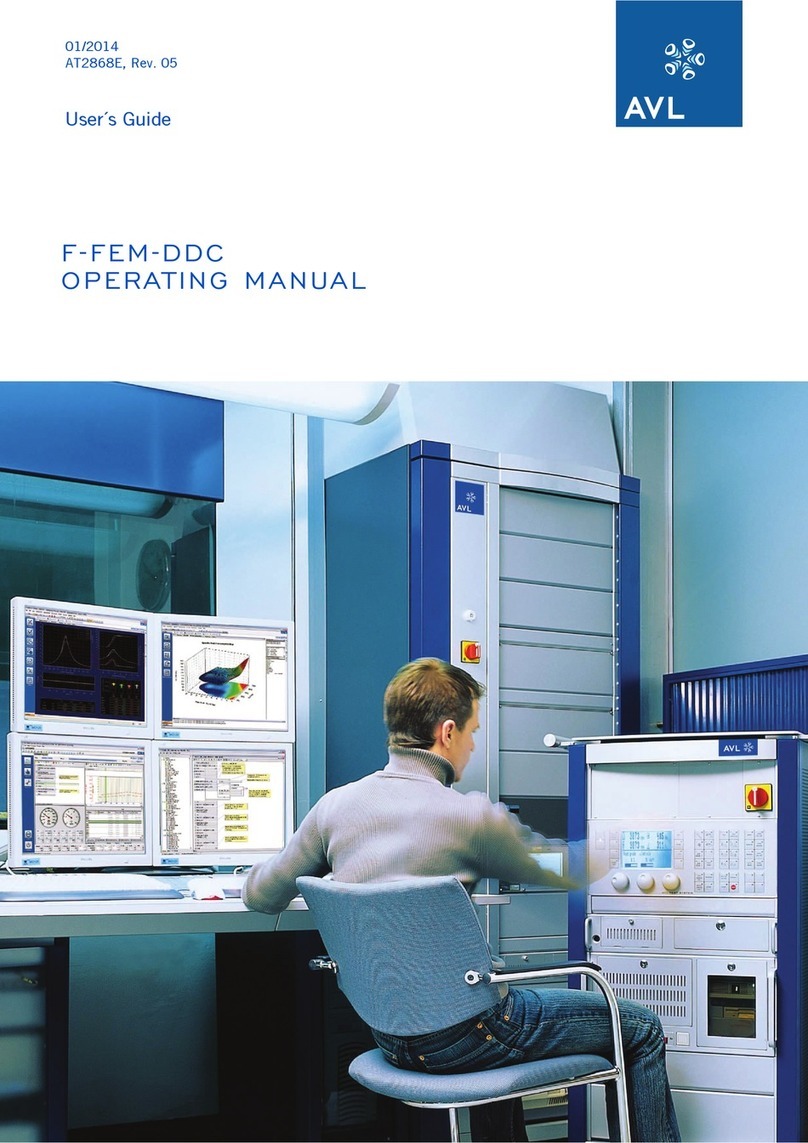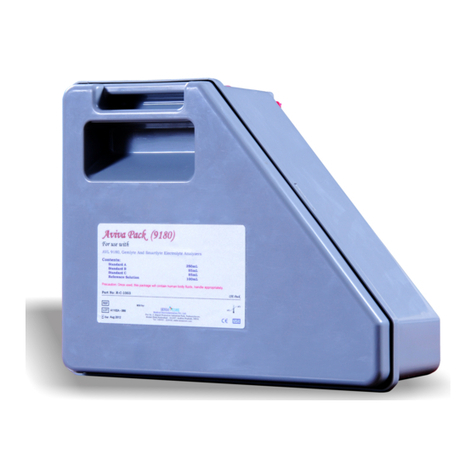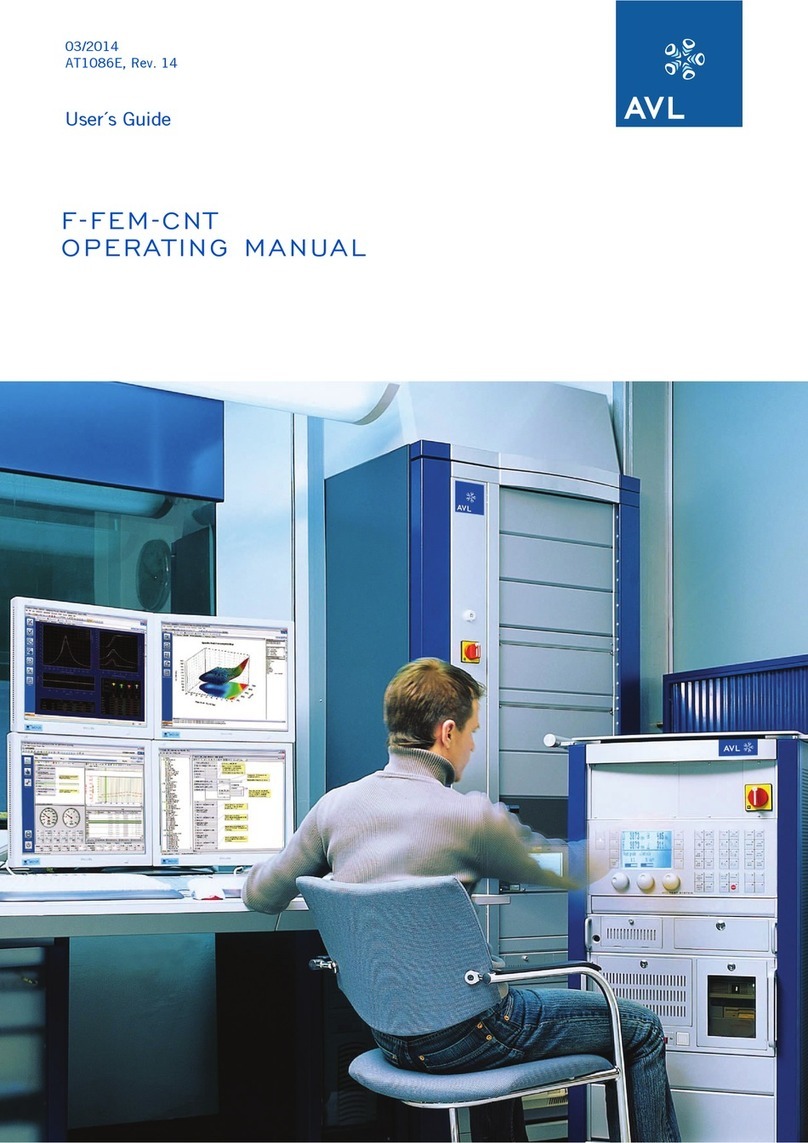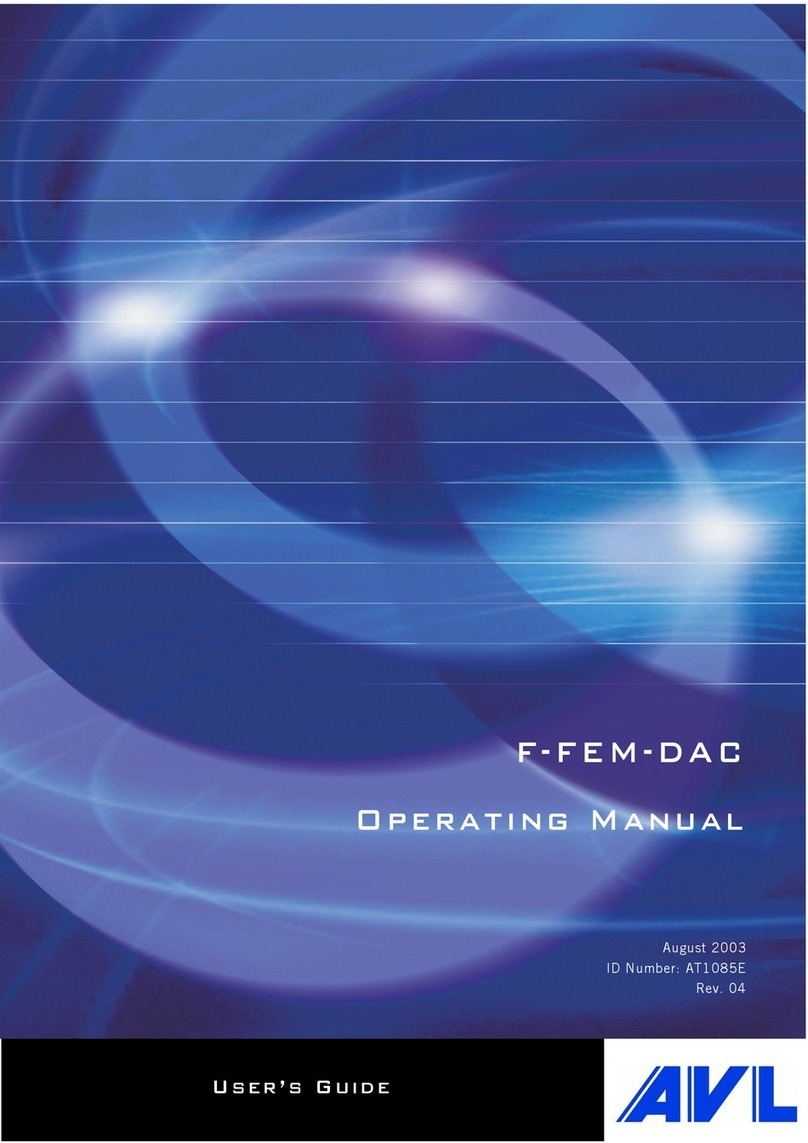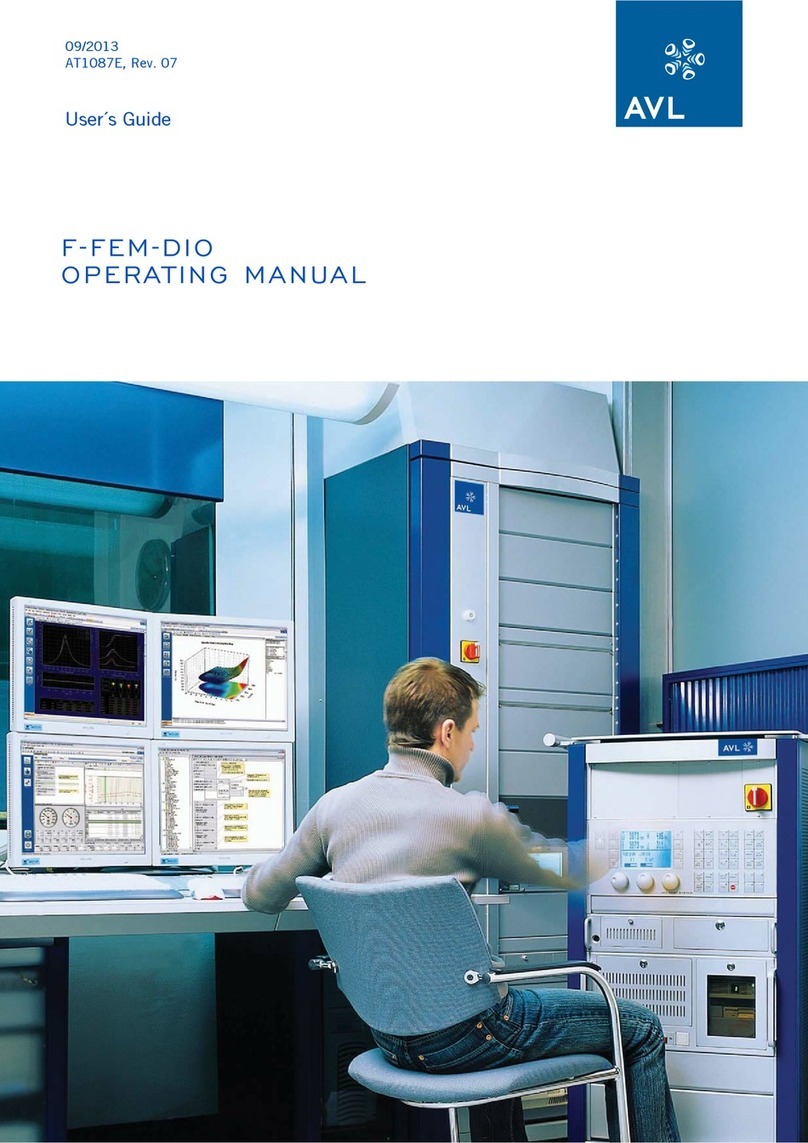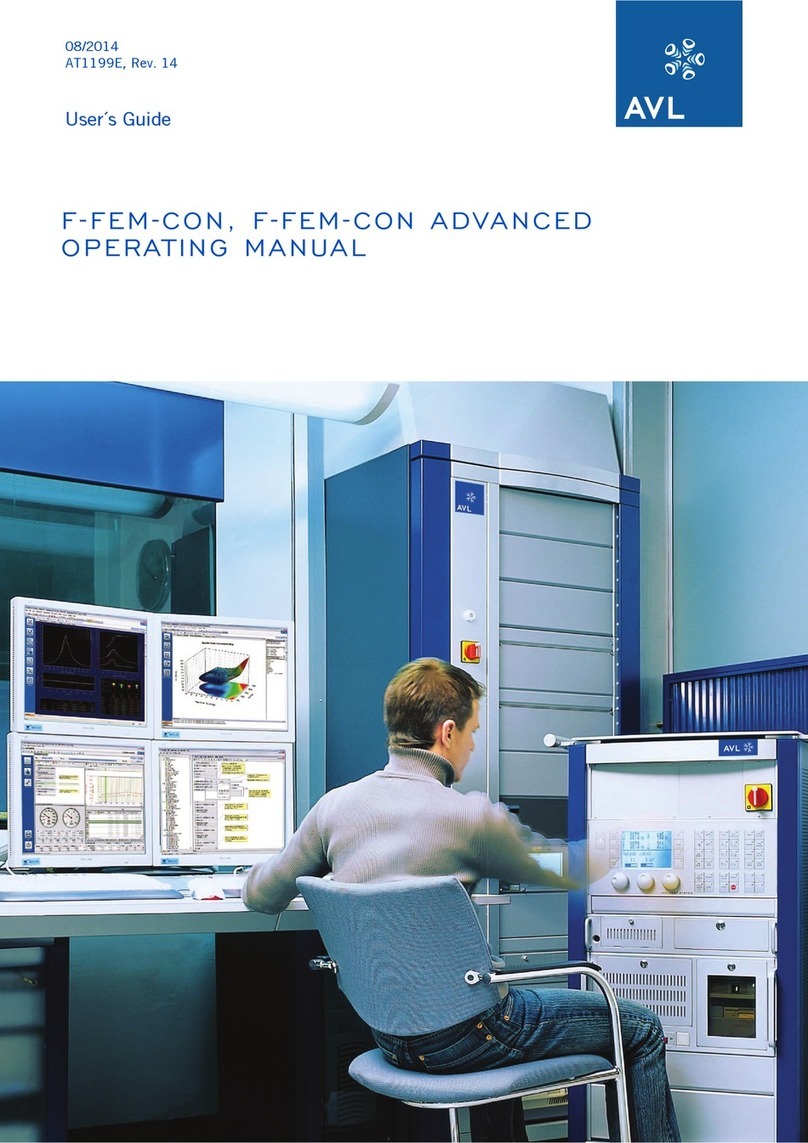
vi
Potassium
Potassium is the major cation in the intracellular fluid and functions as the primary buffer ithin the
cell itself. Ninety percent of potassium is concentrated ithin the cell, and damaged cells release
potassium into the blood. Potassium plays an important role in nerve conduction, muscle function, and
helps maintain acid-base balance and osmotic pressure.
Elevated potassium levels, hyperkalemia, can be found in oliguria, anemia, urinary obstruction, renal
failure due to nephritis or shock, metabolic or respiratory acidosis, renal tubular acidosis ith the K+/
H+ exchange and hemolysis of the blood. Lo potassium levels, hypokalemia, can be found in exces-
sive loss of potassium through diarrhea or vomiting, inadequate intake of potassium, malabsorption,
severe burns and increased secretion of aldosterone. High or lo potassium levels may cause changes
in muscle irritability, respiration and myocardial function.
The potassium value obtained may be used to monitor electrolyte imbalance in the diagnosis and
treatment of infusion therapies, shock, heart or circulatory insufficiency, acid-base imbalance, therapy
ith diuretics, all kinds of kidney problems, diarrhea and hyper- and hypo-function of adrenal cortex
and other diseases involving electrolyte imbalance.
Chloride
Chloride is an anion that exists predominantly in extracellular spaces. It maintains cellular
integrity through its influence on osmotic pressure. It is also significant in monitoring acid-base
balance and ater balance. In metabolic acidosis, there is a reciprocal rise in chloride concentra-
tion hen the bicarbonate concentration drops.
Decreased levels are found in severe vomiting, severe diarrhea, ulcerative colitis, pyloric obstruction,
severe burns, heat exhaustion, diabetic acidosis, Addisons disease, fever and acute infections such as
pneumonia.
Increased levels are found in dehydration, Cushings syndrome, hyperventilation, eclampsia, anemia,
cardiac decompensation.
Ionized Calcium
Calcium in blood is distributed as free calcium ions (50 %), bound to protein, mostly albumin
(40 %) and 10 % bound to anions such as bicarbonate, citrate, phosphate and lactate. Ho ever,
only ionized calcium can be used by the body in such vital processes as muscular contraction,
cardiac function, transmission of nerve impulses and blood clotting. The AVL 9180 Analyzer
measures the ionized portion of the total calcium. In certain disorders such as pancreatitis and
hyperparathyroidism, ionized calcium is a better indicator for diagnosis than total calcium.












